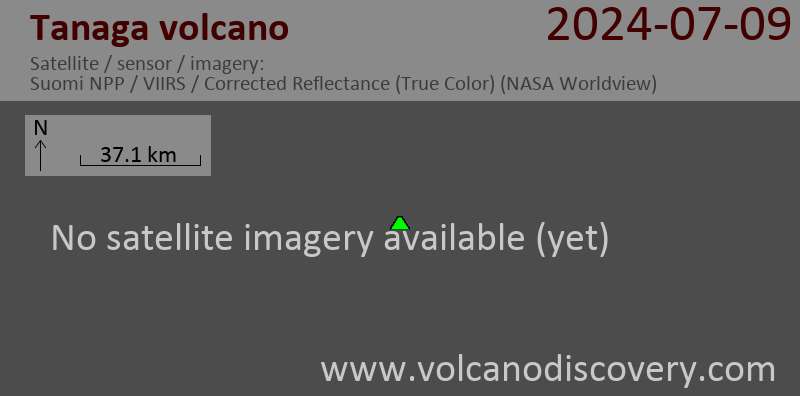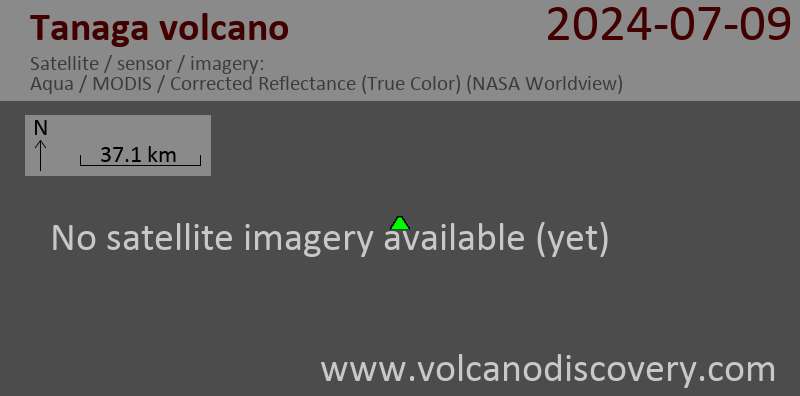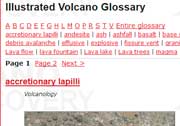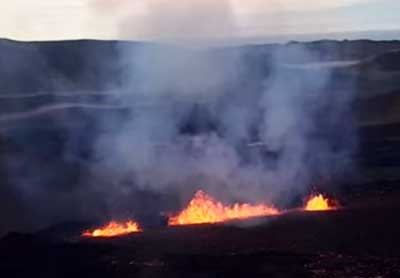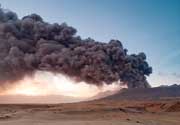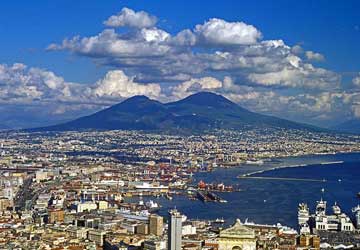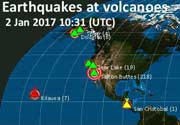Tanaga Volcano
Updated: Apr 29, 2024 14:39 GMT -
Stratovolcanoes 1806 m / 5,925 ft
Aleutian Islands, 51.89°N / -178.15°W
Current status: normal or dormant (1 out of 5)
Aleutian Islands, 51.89°N / -178.15°W
Current status: normal or dormant (1 out of 5)
Last update: 22 Jul 2023 (Smithsonian / USGS Weekly Volcanic Activity Report)
Tanaga volcano is the second largest volcano of the central Aleutians. It is the central and highest of 3 young stratovolcanoes oriented along a roughly E-W line at the NW tip of Tanaga Island.
[smaller] [larger]
Tanaga volcano eruptions: 1914
Latest nearby earthquakes
| Time | Mag. / Depth | Distance / Location | |||
| Apr 19, 12:23 pm (Adak) | 0.2 4.5 km | Info | |||
| Apr 19, 08:44 am (Adak) | 0.3 5.7 km | Info | |||
| Tuesday, April 16, 2024 GMT (1 quake) | |||||
| Apr 15, 06:07 pm (Adak) | 0.8 5.2 km | Info | |||
| Monday, April 15, 2024 GMT (1 quake) | |||||
| Apr 15, 02:45 pm (Adak) | 1.7 2.3 km | 18 km (11 mi) to the E | Info | ||
Background
Arcuate ridges to the east and south represent the rim of an arcuate caldera formed by collapse of an ancestral Tanaga volcano during the Pleistocene. Most Holocene eruptions originated from Tanaga volcano itself, which consists of two large cones, the western of which is the highest, constructed within a caldera whose 400-m-high rim is prominent to the SE. At the westernmost end of the Tanaga complex is conical Sajaka, a 1304-m-high double cone that may be the youngest of the three volcanoes. Sajaka One volcano collapsed during the late Holocene, producing a debris avalanche that swept into the sea, after which Sajaka Two cone was constructed within the collapse scarp.---
Smithsonian / GVP volcano information





